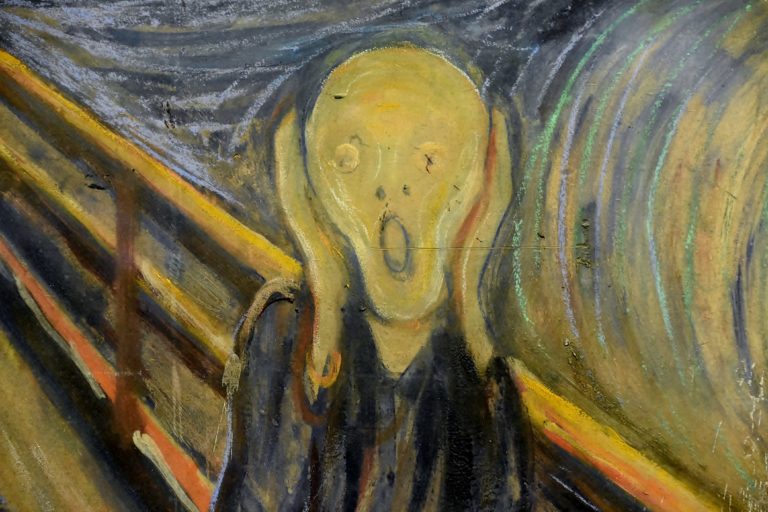1957
American figurative expressionism

description
American figurative expressionism is an art movement in the painting of American modernism of the second half of the 20th century, which originated in Boston and spread throughout the United States. This movement was partially opposed to abstract expressionism and abstractionism.
American artists borrow artistic principles from European expressionism, but depict an exclusively personal psycho-emotional state. The paintings tell about local socio-political troubles such as emigration, sexism, racism, cruelty to animals, violence and corruption.
American Figurative Expressionism consisted of three main groups:
1.Boston expressionism;
2.New York Expressionism;
- Figurative Expressionism of the Bay Area;
4.Chicago.
Specific traits:
– art – democracy;
– the allegorical narration of the paintings is based on the local psychosocial aspect;
– despite the powerful influence of the dehumanization of various styles of abstractionism of that time, this movement still retained the remains of the forms and outlines of a person and the world around him, and more importantly, the artist did not exclude the semantic load and was not afraid to identify himself through a painting work.
Key artists: Philip Guston, Carl Zerbe, Hyman Bloom, Jack Levin, David Aronson, Bernard Chet, Kahlil Gibran, Richard Diebenkorn, David Park, Elmer Bischoff.
Key works:
Christ before pilate. 1949. David Aronson.
Slaughtered animal. 1953. Hyman Bloom.
Line. 1978. Philip Guston.
